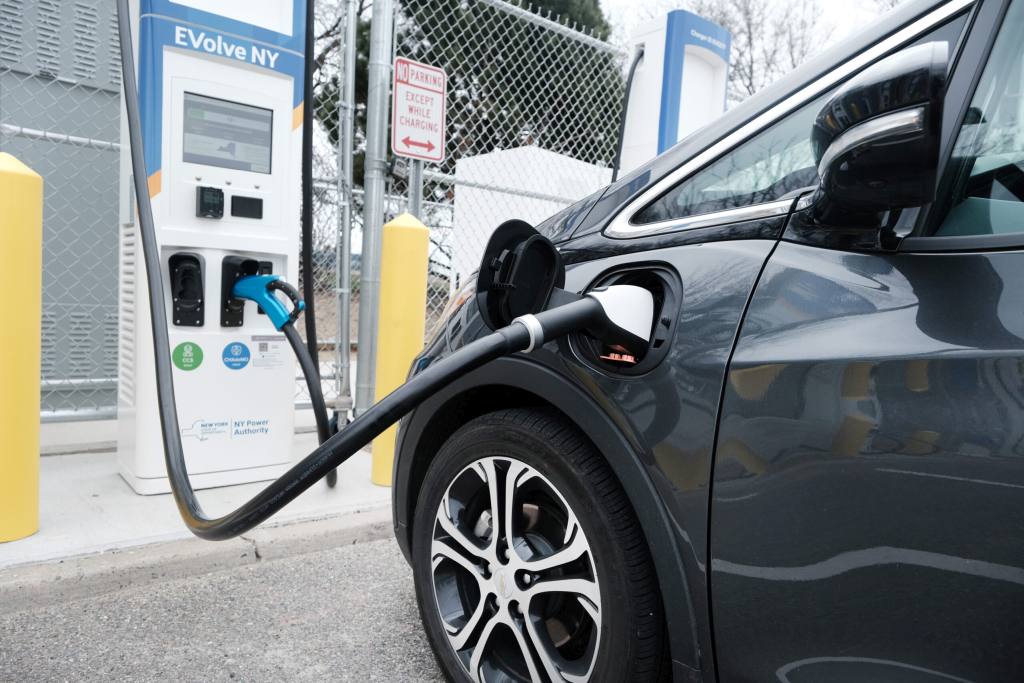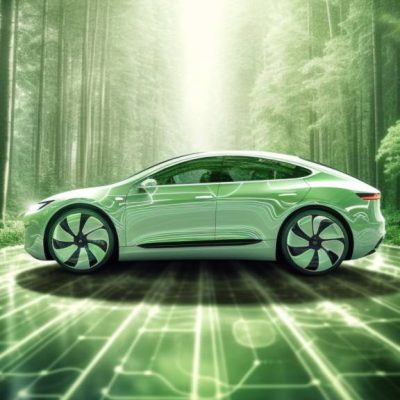As the global push for sustainable transportation continues to gain momentum, Tesla remains at the forefront of innovation in the electric vehicle (EV) industry. Known for its cutting-edge technology and ambitious vision, Tesla has announced plans to build new electric vehicles in 2025. This move is set to further cement its leadership in the EV market and accelerate the transition to a greener future. In this article, we will explore Tesla’s 2025 EV plans, the expected technological advancements, potential market impact, and the broader implications for the automotive industry.
Tesla has consistently disrupted the automotive industry with its innovative electric vehicles, from the groundbreaking Model S to the more recent Cybertruck. The announcement of new EV models for 2025 has generated significant excitement among consumers, investors, and industry experts alike. These new models are expected to showcase the latest advancements in battery technology, autonomous driving, and sustainable manufacturing practices. In this article, we will delve into the details of Tesla’s plans for 2025 and what it means for the future of electric mobility.
1. Advancements in Battery Technology
One of the most critical components of an electric vehicle is its battery. Tesla’s commitment to advancing battery technology is a cornerstone of its strategy to build superior EVs.
Next-Generation Batteries
Tesla has been working on developing next-generation batteries that promise to deliver longer range, faster charging times, and improved durability. The new EV models slated for 2025 are expected to feature these advanced batteries, which will significantly enhance the overall driving experience. By increasing the energy density and reducing the cost per kilowatt-hour, Tesla aims to make electric vehicles more accessible and appealing to a broader audience.
Sustainable Battery Production
In addition to improving battery performance, Tesla is also focused on sustainable production methods. The company plans to implement more environmentally friendly processes for extracting and refining raw materials, such as lithium and cobalt. Furthermore, Tesla is investing in battery recycling technologies to ensure that the materials used in their batteries can be reused, minimizing waste and reducing the environmental impact.

2. Autonomous Driving Capabilities
Tesla has been a pioneer in the development of autonomous driving technology, and the new EV models for 2025 are expected to feature significant advancements in this area.
Full Self-Driving (FSD) Technology
The 2025 EV models are anticipated to come equipped with Tesla’s latest Full Self-Driving (FSD) technology. This system includes a suite of sensors, cameras, and advanced software that enable the vehicle to navigate complex environments without human intervention. Tesla’s FSD technology is continuously improving through over-the-air software updates, which allow the vehicles to learn from real-world driving data and enhance their performance over time.
Safety and Regulatory Compliance
As Tesla pushes the boundaries of autonomous driving, safety remains a top priority. The company is committed to meeting and exceeding regulatory standards to ensure that its vehicles are safe for public use. Tesla’s approach to safety includes rigorous testing, real-time monitoring, and proactive updates to address potential issues. The new EV models will reflect this commitment, offering advanced safety features and reliable autonomous driving capabilities.
3. Market Impact and Consumer Expectations
The introduction of new EV models in 2025 is expected to have a significant impact on the market and shape consumer expectations for electric vehicles.
Expanding the EV Market
Tesla’s new models are likely to attract a diverse range of consumers, from early adopters to mainstream buyers. By offering vehicles with improved range, performance, and affordability, Tesla aims to expand the EV market and drive mass adoption. The company’s strategy includes targeting different market segments, from luxury sedans to affordable compact cars, ensuring that there is a Tesla vehicle for every type of consumer.
Enhancing the Tesla Ecosystem
In addition to selling vehicles, Tesla is focused on building a comprehensive ecosystem that includes energy products, charging infrastructure, and software services. The new EV models will integrate seamlessly into this ecosystem, offering consumers a holistic and convenient experience. Tesla’s Supercharger network, energy storage solutions, and mobile app connectivity are all part of this strategy, enhancing the overall value proposition for Tesla owners.
4. Broader Implications for the Automotive Industry
Tesla’s plans for 2025 extend beyond its own product lineup, influencing the entire automotive industry and accelerating the shift towards electric mobility.
Driving Industry Innovation
Tesla’s relentless pursuit of innovation sets a high bar for other automakers. The advancements in battery technology, autonomous driving, and sustainable manufacturing practices that Tesla plans to introduce in 2025 will likely inspire competitors to invest more in their own EV programs. This competitive pressure is essential for driving industry-wide progress and making electric vehicles the standard mode of transportation.
Environmental and Economic Benefits
The widespread adoption of electric vehicles has significant environmental and economic benefits. By reducing reliance on fossil fuels, EVs help decrease greenhouse gas emissions and combat climate change. Additionally, the growth of the EV market creates new job opportunities in manufacturing, technology, and infrastructure development. Tesla’s new models will contribute to these positive outcomes, reinforcing the importance of sustainable transportation.
Conclusion
Tesla’s plans to build new electric vehicles in 2025 represent a major milestone in the company’s journey towards revolutionizing transportation. With advancements in battery technology, autonomous driving capabilities, and a commitment to sustainability, Tesla is poised to lead the EV market and shape the future of mobility. As consumers and industry stakeholders eagerly await these new models, it is clear that Tesla’s vision for 2025 will have a profound impact on the automotive landscape, driving innovation and fostering a greener, more sustainable world.





